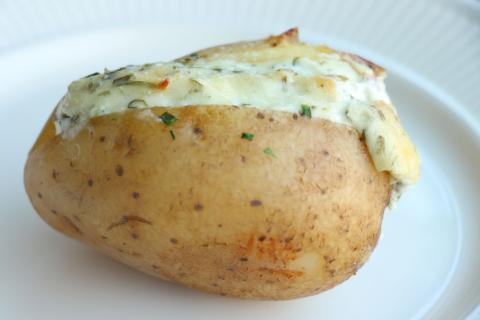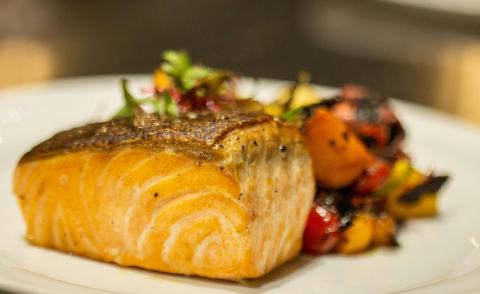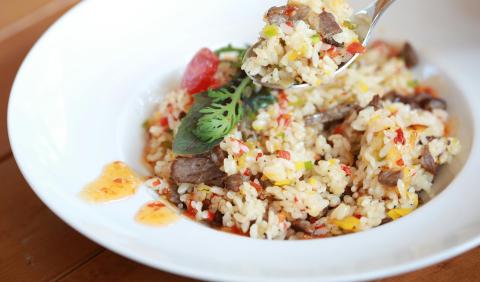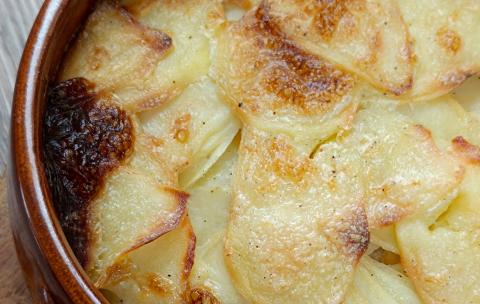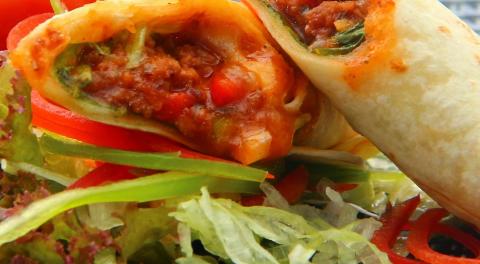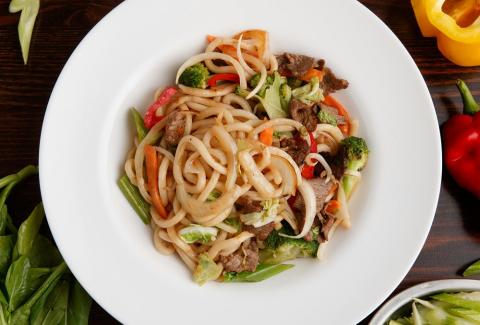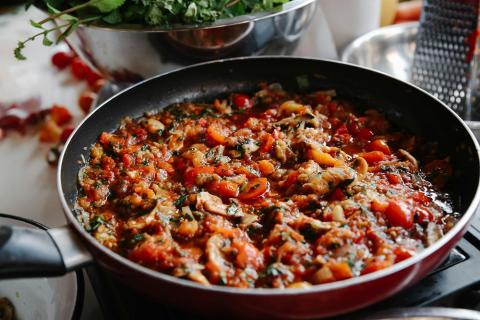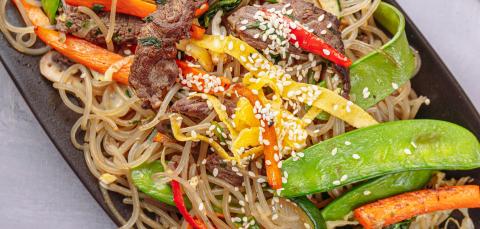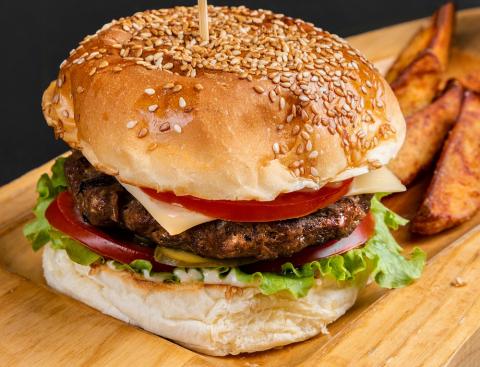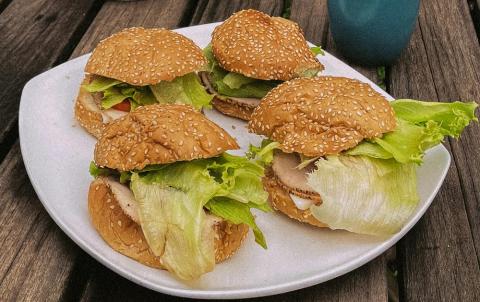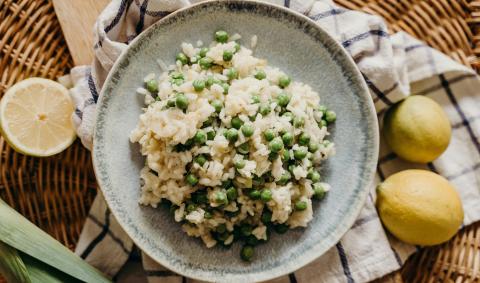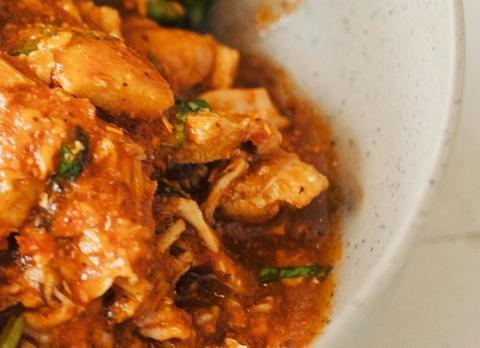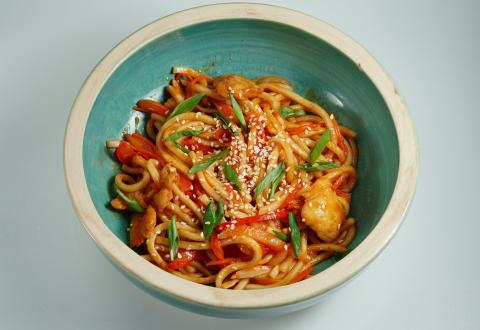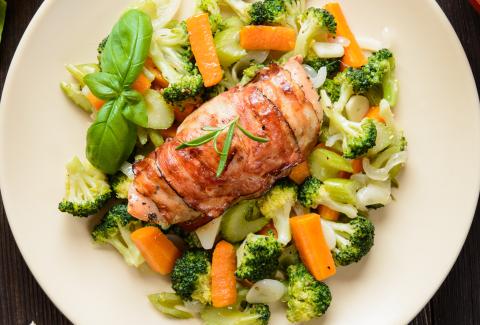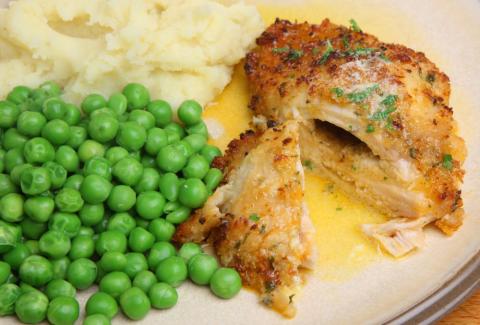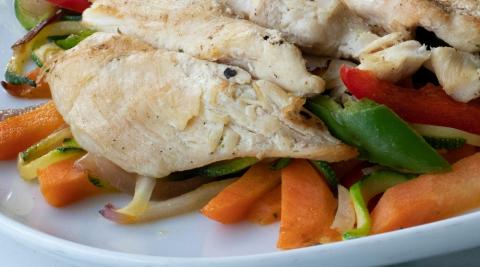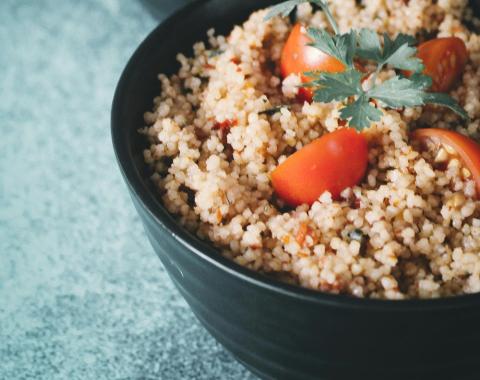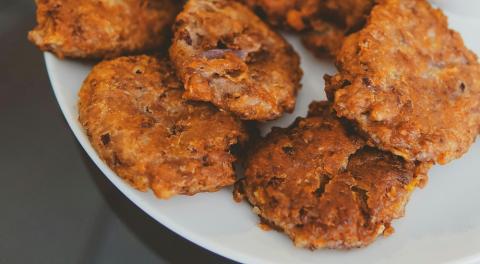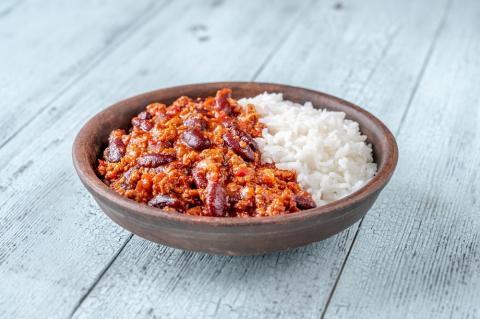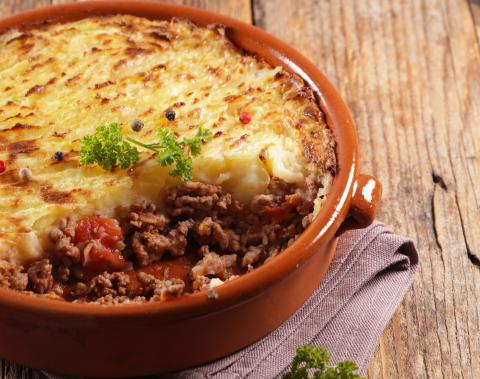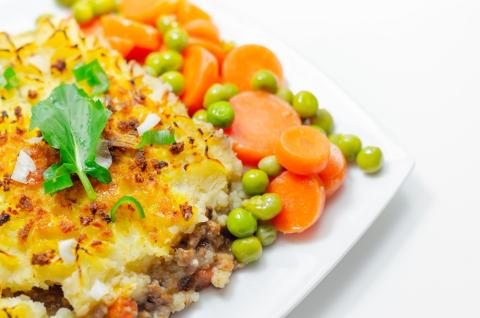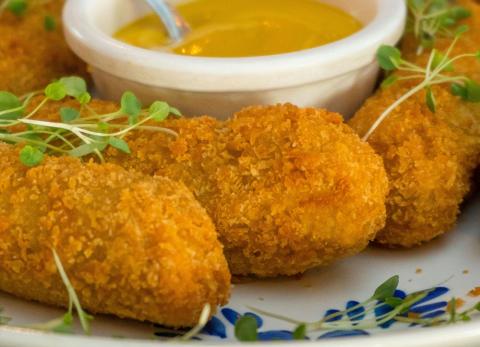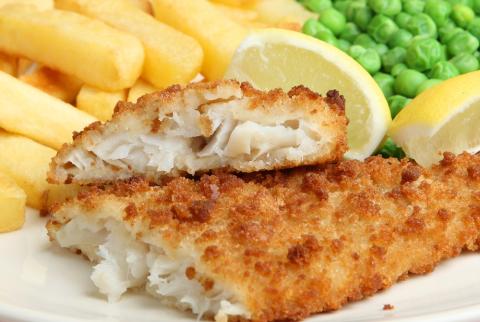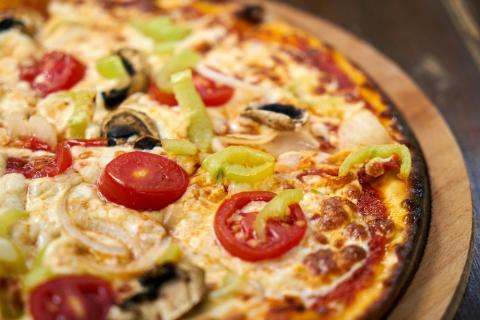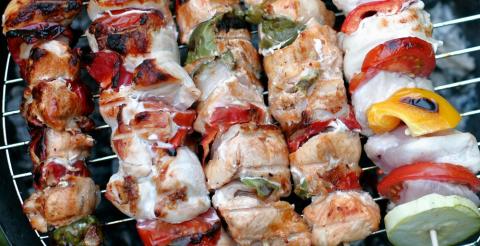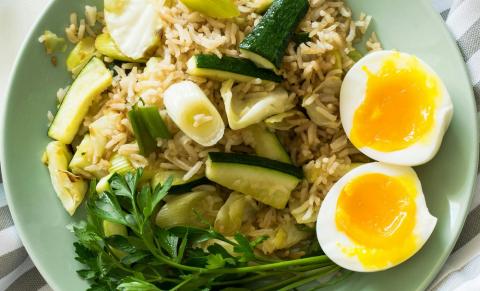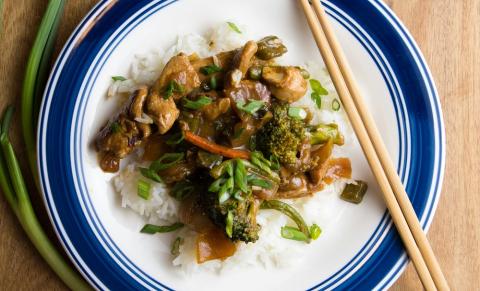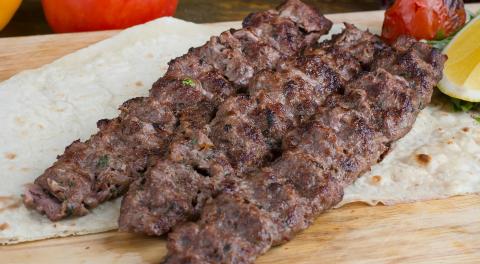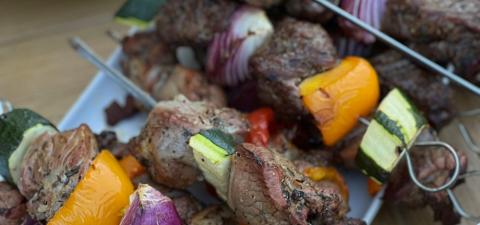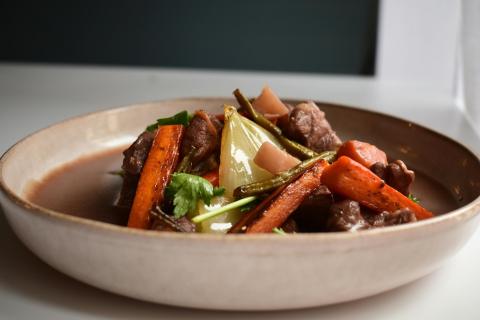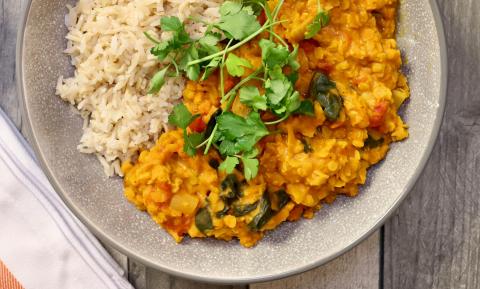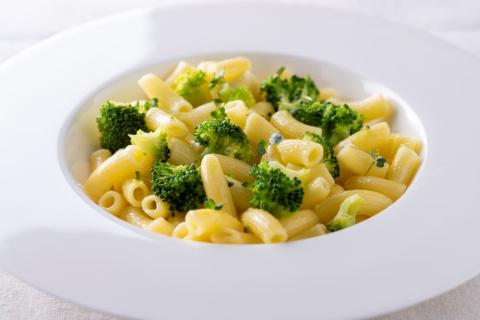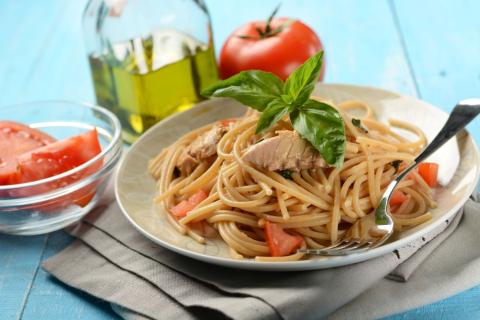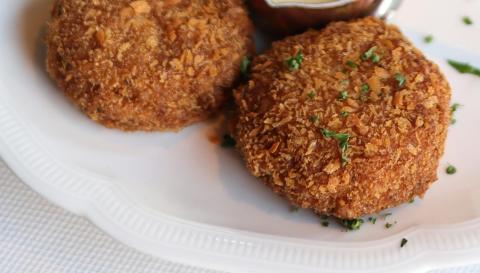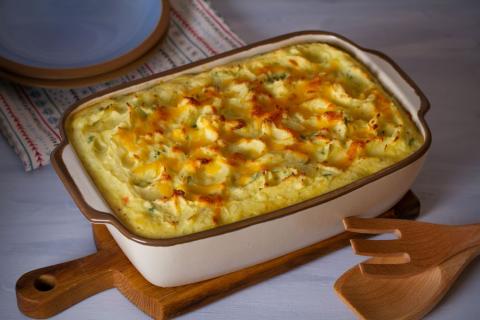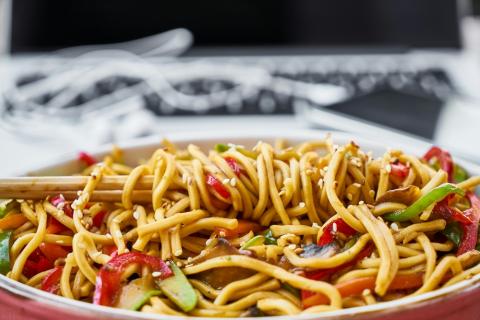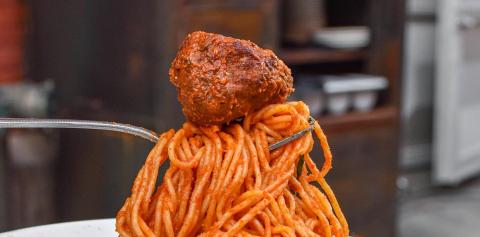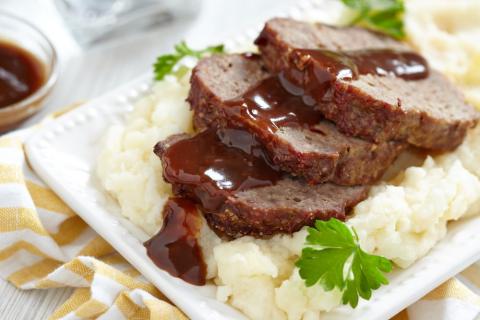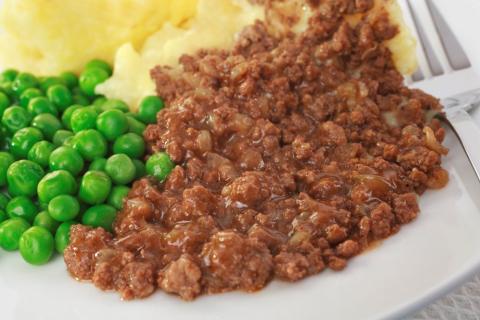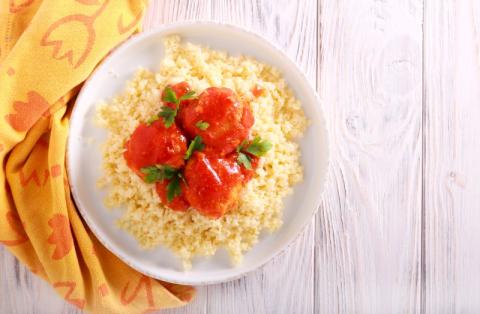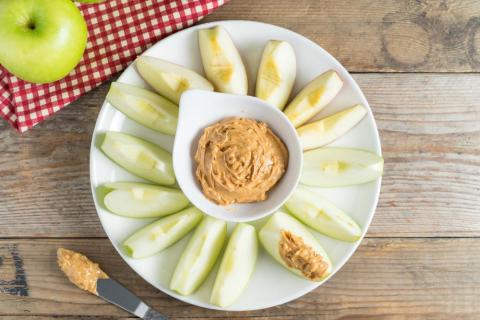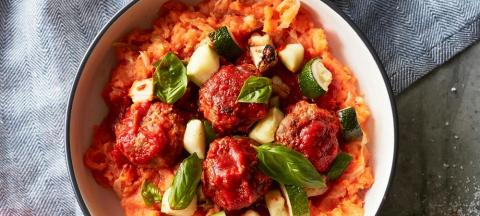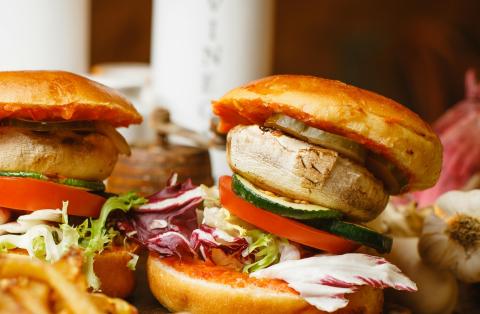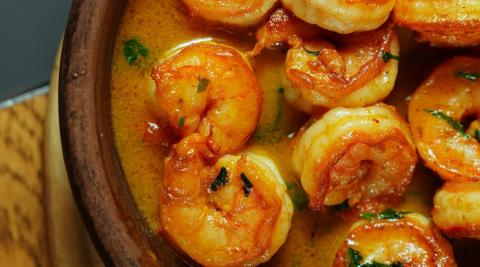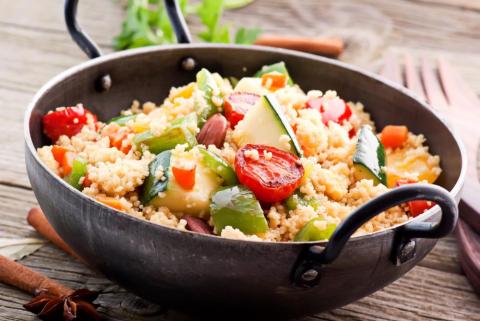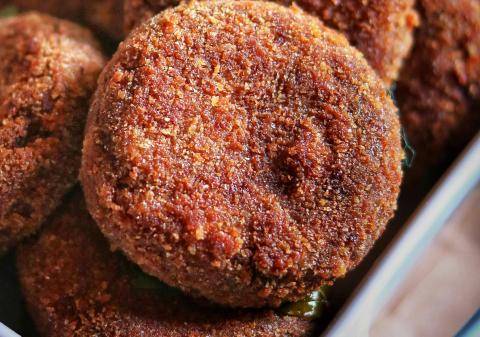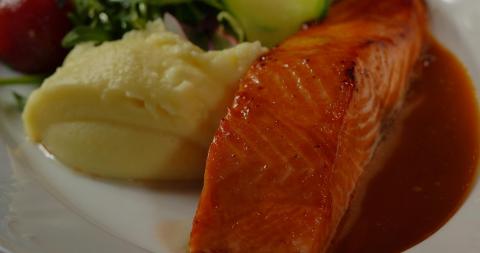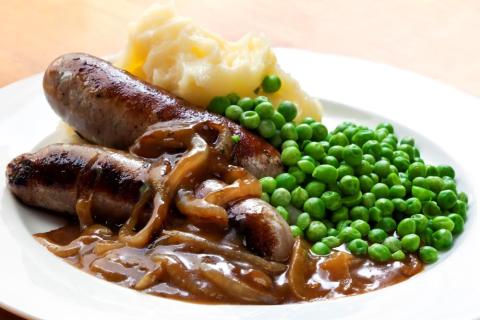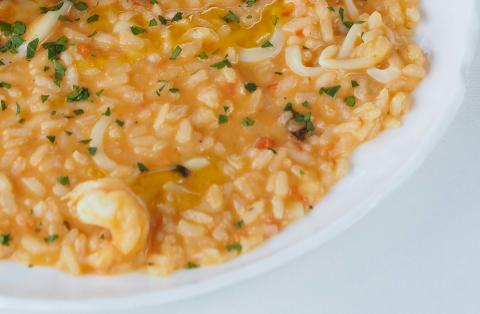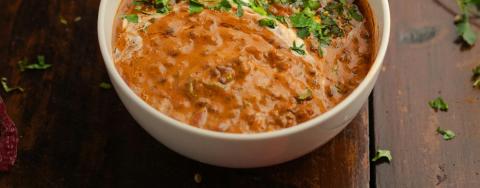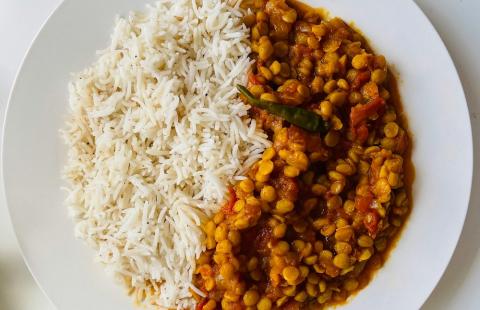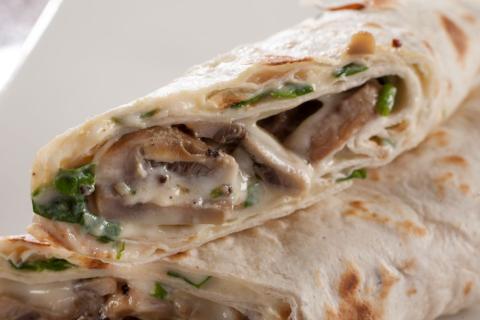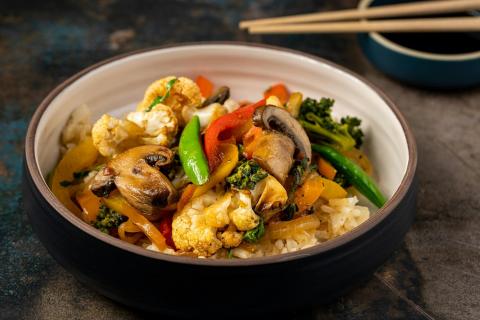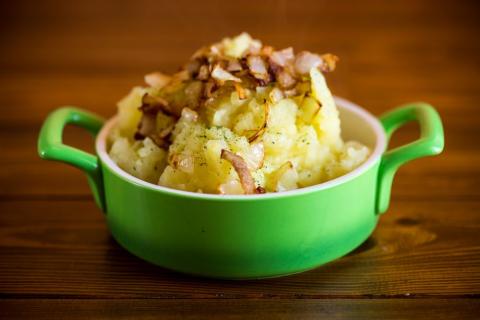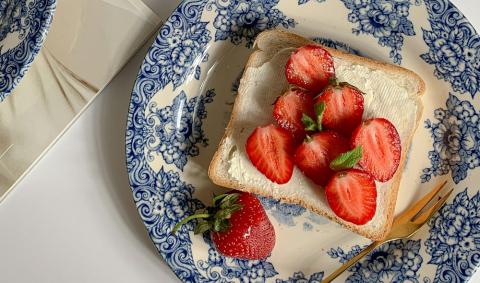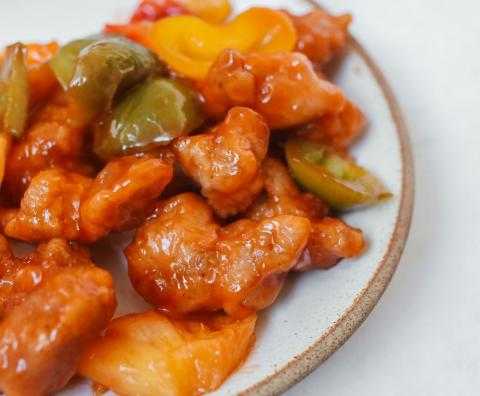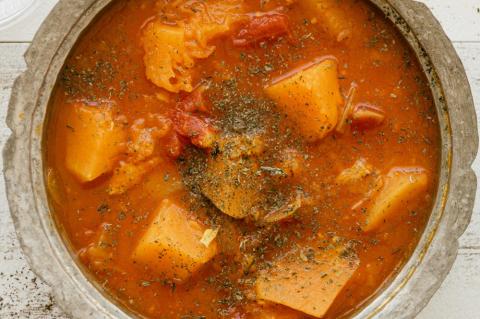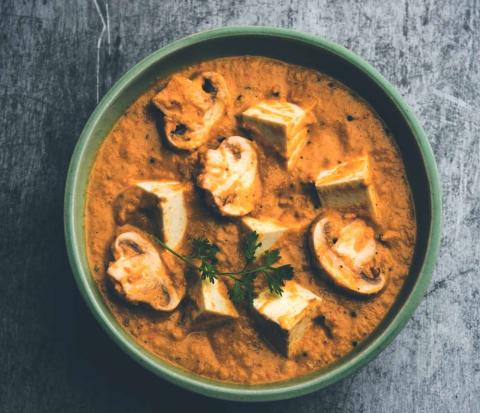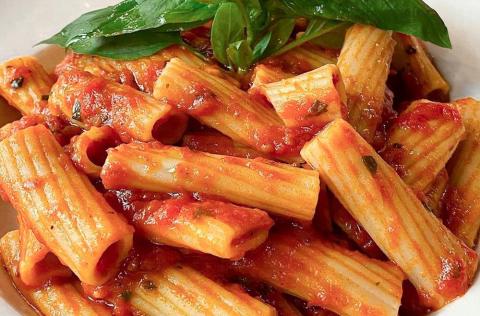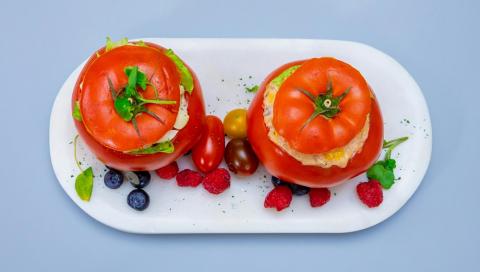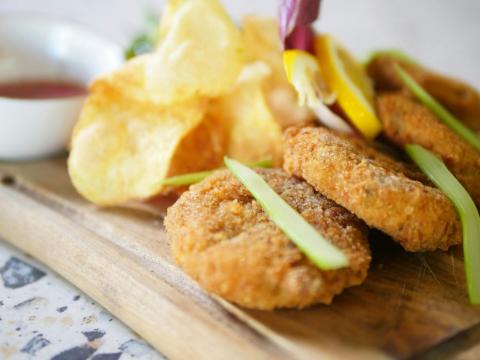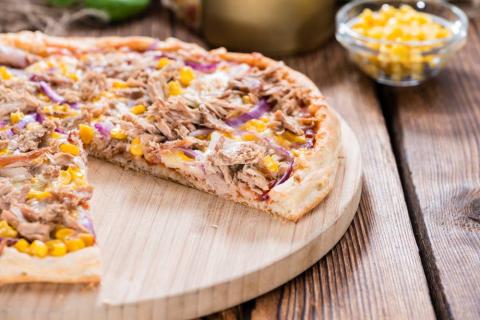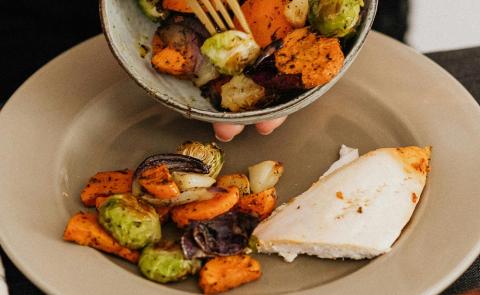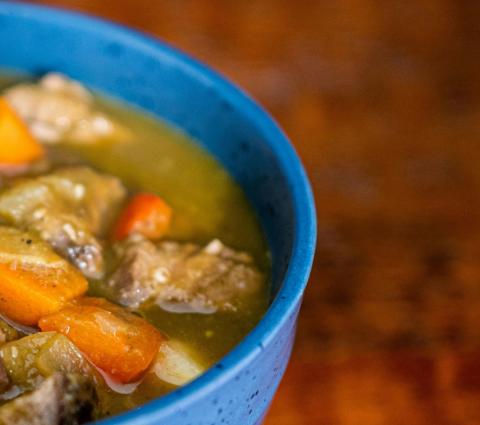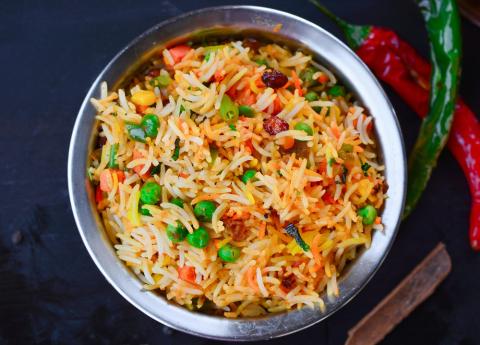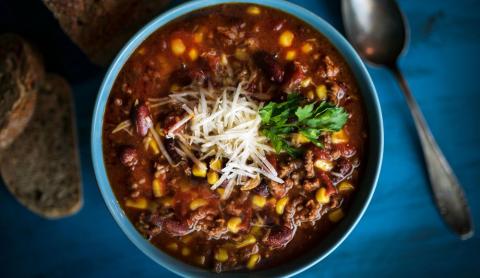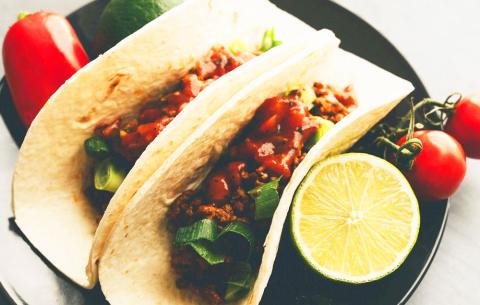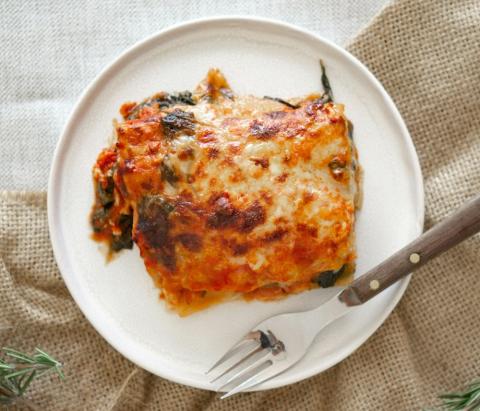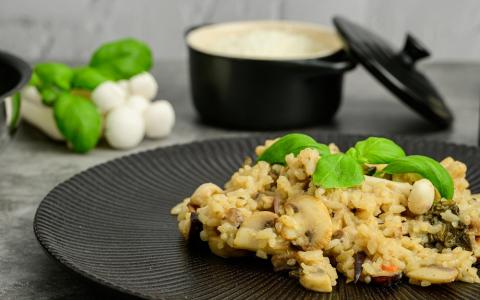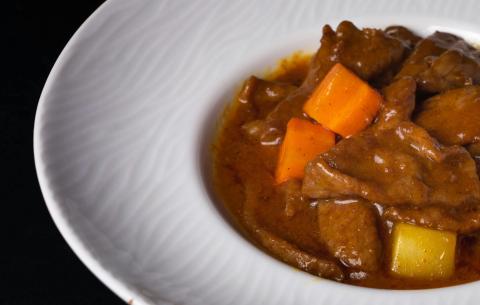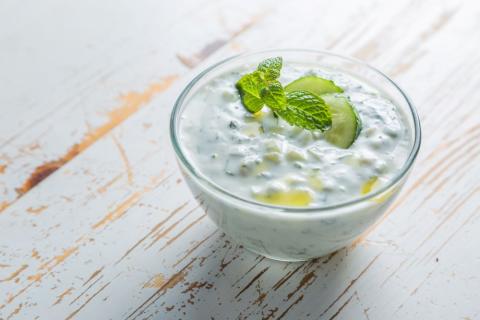- 1 Tablespoon (10g) Vegetable Oil
- 1 Medium sized (150g) Onion
- 12 Medium (120g) Mushrooms
- 1 Tin (400g) Chopped or Plum Tomatoes
- 3 Tins (375g) Scottish Mackerel Fillets in Tomato Sauce
- 2 Cups (300g) Dried Pasta
Ingredients
Allergy Disclaimer
Always check the label of each ingredient for allergy warnings.
Method
- Peel and finely chop the onion. Rinse or wipe the mushrooms and slice them.
- Heat the oil in a saucepan, add the onion and fry for around 3 minutes or until tender.
- Stir in the mushrooms and chopped tomatoes. If using plum tomatoes, chop them up using a spoon when in the pan. Bring to the boil, reduce the heat and simmer for around 10 minutes.
- Meanwhile, cook the pasta according to the instructions on the packet.
- When the onion, mushroom and tomato sauce has simmered for around 10 minutes, add the mackerel. Stir and simmer for another 5 minutes.
- When the pasta is cooked, drain and pour the sauce over the pasta. Serve immediately.
Cost Saver Tips
This is a great recipe if you’re trying to get your little one to eat some more oily fish. For a change, you could try swapping the canned mackerel with canned sardines in tomato sauce.
Tips for Kids
To make this extra tasty looking, why not use their favourite pasta shapes and add their favourite vegetables, too? For a fibre boost, you could give wholemeal pasta a go, or see if your little one prefers a mix of both wholemeal and white pasta. Just make sure and adjust cooking time, as it could take 2-4 minutes longer to cook. This is a great recipe to encourage them to eat oily fish. For a change, replace the canned mackerel with canned sardines in tomato sauce.
Nutritional Information
Based on a single serving of 387g (% of an adult's reference intake)
Energy
485 kcals ( 24 %)
1,964 kJ ( 24 %)
Fat
3.4 g ( 17 %)
Saturates
60.5 g ( %)
Sugar
8.9 g ( 10 %)
Salt
0.6 g ( 10 %)
Detailed nutritional information
| Per 100g | Per 387g serving | |
|---|---|---|
| Energy Kcals | 125 | 485 |
| Energy Kj | 508 | 1,964 |
| Protein | 6.4 g | 24.7 g |
| Total Fat | g | g |
| Saturated Fat | 0.9 g | 3.4 g |
| Carbohydrates | 15.6 g | 60.5 g |
| Total Sugars | 2.3 g | 8.9 g |
| NSP Fibre | 1 g | 4 g |
| Sodium | 64 mg | 247 mg |
| Salt | 0.2 g | 0.6 g |
Find out about nutritional labelling
Nutrition labels on the front of packaging
- Most of the big supermarkets and many food manufacturers display nutritional information on the front of pre-packed food.
- Front of pack nutrition labels provide information on the number of grams of fat, saturated fat, sugars and salt and the amount of energy (in kJ and kcal) in a serving or portion of a recipe.
- The labels also include information about reference intakes (expressed as a percentage) which are guidelines about the approximate amount of particular nutrients and energy required for a healthy diet.
- The colour coding tells you at a glance if the food has high (red), medium (amber) or low (green) amounts of fat, saturated fat, sugars and salt.
- The more greens on the label, the healthier the choice
- Amber means neither high nor low, so you can eat foods with all or mostly ambers on the label most of the time.
- Reds on the label means the food is high in that nutrient and these are the foods we should cut down on. Try to eat these foods less often and in small amounts.
Food shopping tips
If you’re trying to decide which product to choose, check to see if there's a nutrition label on the front of the pack. This will help you to quickly assess how your choices stack up. You will often find a mixture of red, amber and green colour coding for the nutrients. So when you're choosing between similar products, try to go for more greens and ambers and fewer reds if you want to make a healthier choice.
 Activities & Play
Activities & Play Behaviour
Behaviour Childcare
Childcare Development & Growing Up
Development & Growing Up Family, Friends & Relationships
Family, Friends & Relationships Feeding Your Baby
Feeding Your Baby Food & Eating
Food & Eating Health & Safety
Health & Safety Mental Health & Wellbeing
Mental Health & Wellbeing Money & Work
Money & Work Online Behaviour & Safety
Online Behaviour & Safety Pregnancy & First Days
Pregnancy & First Days School & Education
School & Education Sleep
Sleep


